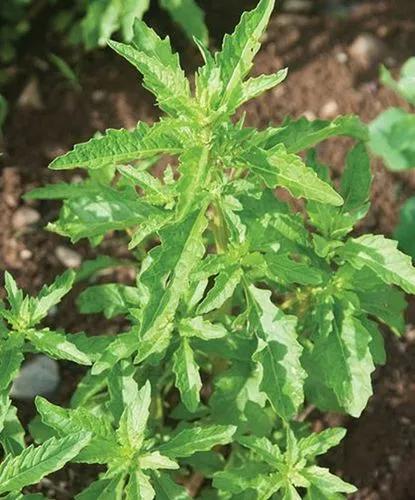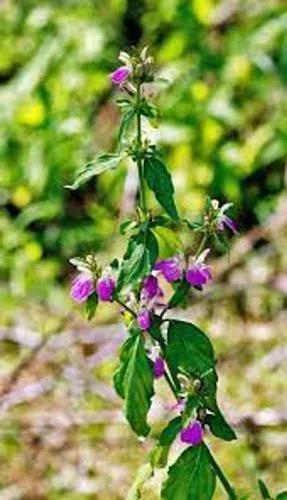Juncus compressus is a species of Juncus. It is native to the temperate Eurasia.
Roundfruit Rush Care
Juncus compressus



Juncus compressus is a perennial graminoid (grass-like) herb, about 80 cm in height. Rhizomes are short-creeping or densely branching. When densely branching, the plant appears cespitose (grows in tufts). There are 1-3 cataphylls, and 1-2 leaves, which are basal and cauline (belonging to the stem), with scarious to membranous auricles 0.3-0.5 mm in length. The leaf blade is flat to slightly channeled, measuring 5-35 cm long and 0.8-2 mm wide, with margins entire (without toothing or division). Inflorescences consist of 5-60 flowers, measure 1.5-8 cm, and are lax, and loose to moderately congested. The primary bract usually exceeds the inflorescence. Individual flowers have two bracteoles, and tepals that are brownish, ovate to oblong, and measure 1.7-2.7 mm. Inner and outer tepal series are nearly equal, with the apex obtuse. Flowers have six stamens, with filaments measuring 0.5-0.7 mm and anthers 0.6-1 mm. The style measures about 0.3 mm. Seed capsules are brown or darker, pseudo-3-locular, widely ellipsoid to obovoid, and measure 2.5-3.5 x 1.4-1.8 mm, exceeding the tepals. Individual seeds are light brown, ellipsoid to lunate, measuring 0.35-0.556 mm, and are not tailed.
This plant is useful.
How to get rid of: Dig up the area thoroughly. This is not an easy job, because it is not enough just to dig up the ground - you also need to scrupulously select all the rhizomes from it.
Discover more plants with the list below
Popular articles






